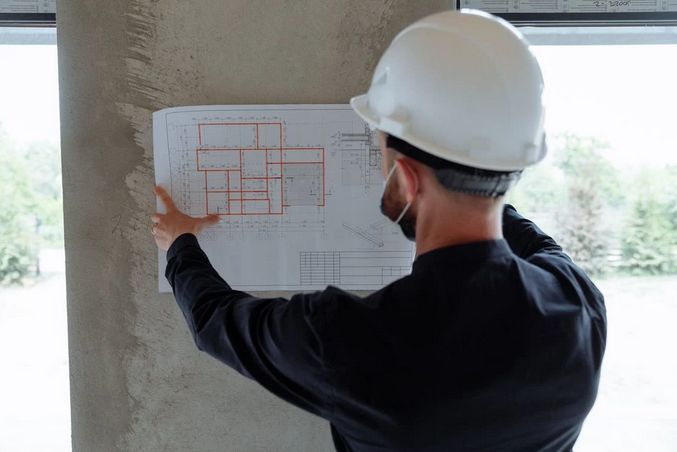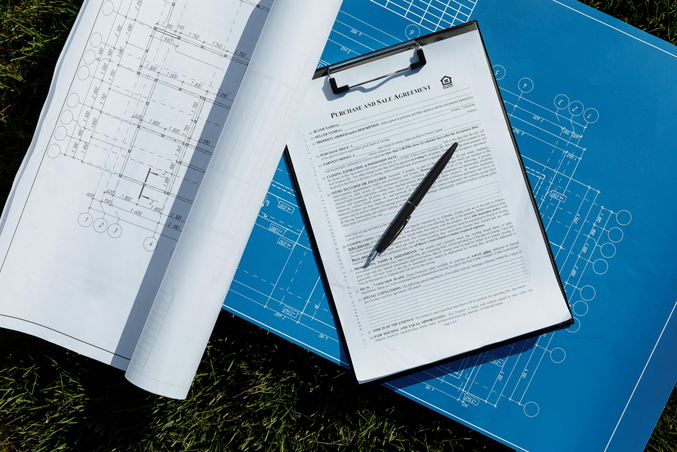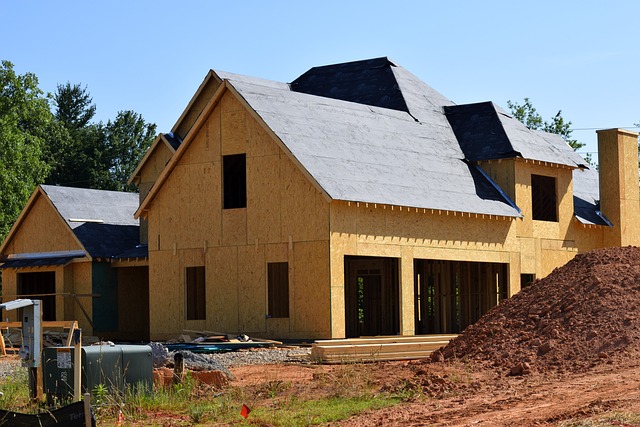
Choosing the right floor plan is crucial when designing or buying a home. The best floor plans determine how well the space will function for you and your family, affecting everything from daily living to future resale value. With a wide range of options available, it can be overwhelming to select the perfect layout. This decision goes beyond aesthetics; it involves carefully analyzing your lifestyle, needs, and preferences. Whether you are a growing family, a couple, or someone looking for a home office, understanding what to prioritize is essential. Here are some key tips to consider when choosing the best floor plan for your new home.
Understand Your Lifestyle Needs

The first step in choosing floor plans is to assess your lifestyle and how you intend to use the space. Consider the size of your family and any future plans, such as expanding your family or accommodating an elderly relative. Think about your daily routines and the activities that you enjoy. Do you need a dedicated home office, a spacious kitchen for entertaining, or multiple bathrooms for a large family? Your specific needs should dictate the layout you choose. For example, an open floor plan with a large kitchen and living area might be ideal if you enjoy hosting guests frequently. Conversely, if privacy is a priority, a layout with separated bedrooms might be more suitable.
Consider the Flow and Functionality
The flow of a floor plan refers to how spaces connect and interact, and choosing a plan that promotes comfort and convenience is essential. A good floor plan should allow for a natural flow of movement, minimizing any awkward or obstructed pathways. For instance, the kitchen should be easily accessible from the garage or the entrance to make it easier to carry groceries. Similarly, bedrooms should be situated away from noisy living areas to ensure peace and quiet. Consider how rooms connect to outdoor spaces as well. If you love indoor-outdoor living, look for a plan that offers easy access to patios or gardens.
Analyze the Size and Shape of Rooms

While it might be tempting to go for a floor plan with larger square footage, evaluating the size and shape of individual rooms is crucial to ensure they meet your specific needs. Large rooms are not always better, which may lead to wasted space and higher energy costs. Instead, focus on how each room will be used and whether its size and shape are appropriate. For example, a long, narrow room might feel cramped and less functional than a square or rectangular space. Similarly, small bedrooms might work well for young children but could be less practical for teenagers or guests.
Prioritize Natural Light and Ventilation
Natural light and ventilation play a significant role in a home’s overall comfort and ambiance. Consider how much natural light each room will receive when reviewing floor plans. South-facing windows tend to provide the most consistent daylight, while north-facing windows offer softer, diffused light. Ensure that the main living areas, such as the living room and kitchen, have ample windows to make the most of natural light. Proper ventilation is also essential to maintain a healthy indoor environment, so check for the placement of windows and doors to allow for cross-ventilation.
Think About Future Flexibility

A great floor plan should be flexible enough to accommodate changes in your life. Think about how your needs might change over time. For example, a couple might plan to have children in the future, or a family might need to accommodate aging parents. Consider whether the floor plan allows for potential modifications, such as adding a bedroom, converting a space into a home office, or expanding living areas. Look for versatile and adaptable designs with spaces that serve multiple purposes over time.
Choosing the right floor plan is a thoughtful process that requires careful consideration of various factors, including lifestyle, functionality, room size, natural light, future flexibility, and budget. By evaluating these aspects, you can ensure that your new home will perfectly fit your and your family’s needs. Remember, a well-designed floor plan enhances your home’s aesthetic appeal and contributes significantly to its comfort, functionality, and overall value.





